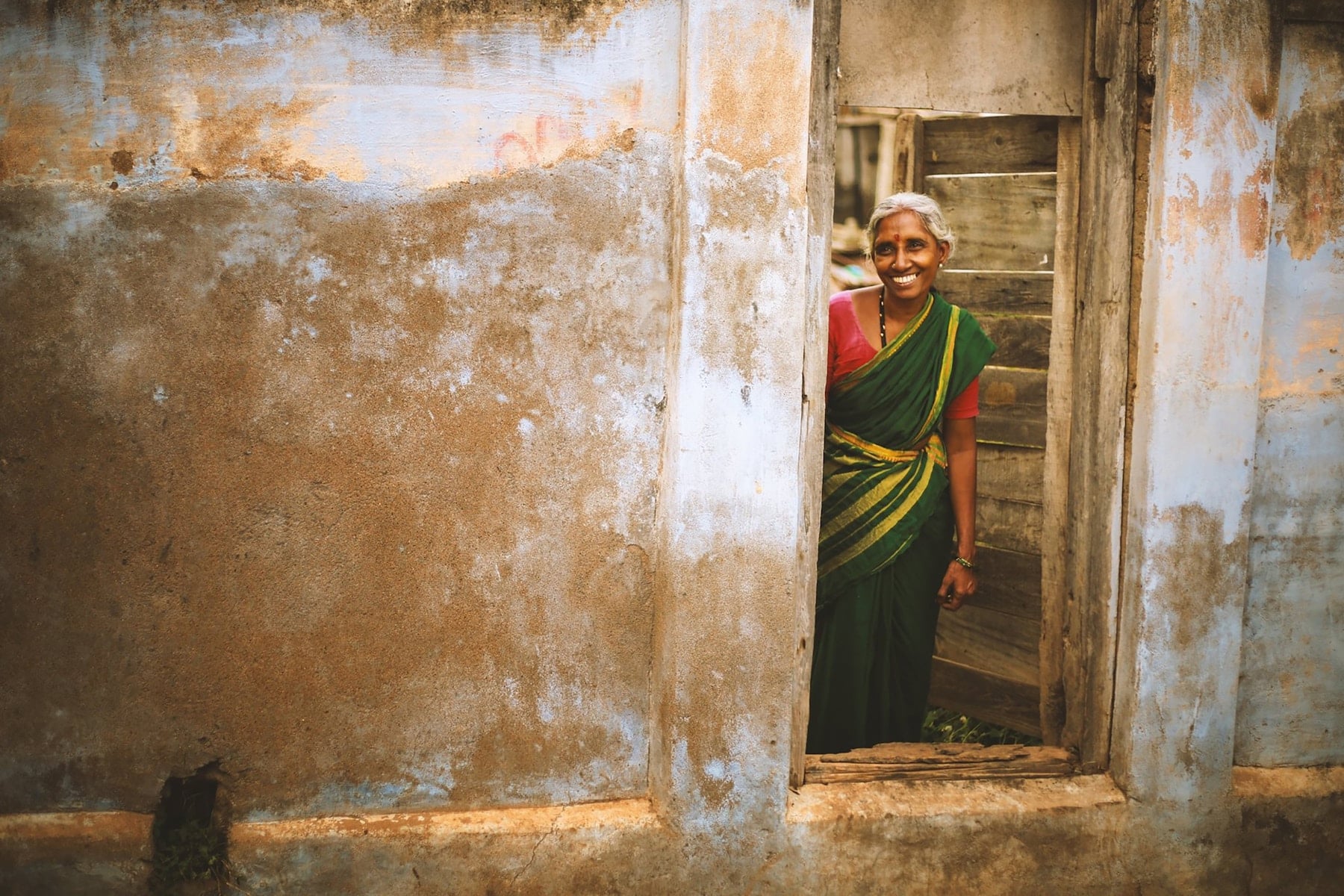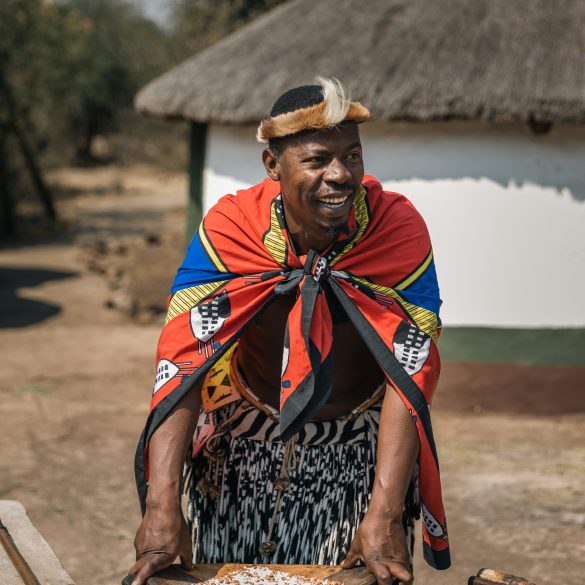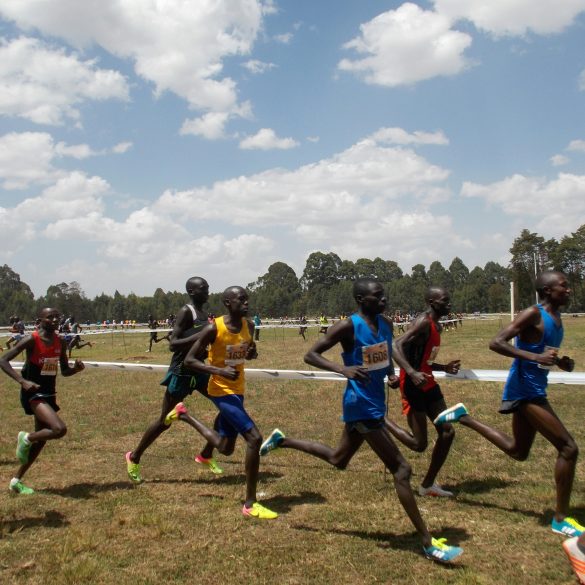走进摩洛哥麦地那:文化、色彩与混乱
踏入摩洛哥麦地那的古老城门,仿佛穿越时空,进入另一个世纪。首先扑面而来的,是嘈杂的喧嚣——商贩们用阿拉伯语和法语叫卖,驴子在狭窄的通道中嘶鸣,金属工人敲击的节奏回荡在风化的墙壁上。接下来是视觉的冲击:各种颜色的地毯挂在门口,藏红花和辣椒粉堆成的金字塔形金色山脉,鲜艳的薄荷叶在透过头顶格子窗洒下的斑驳阳光下闪闪发光。
过去十五年,我游历了摩洛哥各地数十个麦地那,说实话,每次造访都让我略感震撼,但这种震撼却是我所能体会到的。漫步在见证了几个世纪的商业、交流和日常生活的同一块石头上,让我感到一种深深的谦卑。最让我震撼的是,这些并非博物馆的展品——而是鲜活的、充满活力的社区,在那里,家族世世代代经营着同样的店铺。
摩洛哥的麦地那遗产
摩洛哥拥有九个联合国教科文组织世界遗产麦地那,其中菲斯-巴厘是世界上最大的无车城区。这些古老的城市中心拥有超过9000条狭窄的小巷和通道,其中一些可以追溯到9世纪。仅马拉喀什的麦地那每年就接待超过200万游客,但至今仍有约20万居民在这些历史悠久的城墙内保持着传统的生活方式。
麦地那生活的感官交响曲
让我给你描绘一下我在马拉喀什麦地那的第一个早晨的情景。想象一下:你正啜饮着第二杯薄荷茶,心想已经为迎接新的一天做好了准备。然后你走进杰马夫纳广场,突然间,你成了这支不可思议的人间乐团的一员。耍蛇人的笛子为讲故事的人生动的阿拉伯故事编织出旋律,而在附近的某个地方,一位格纳瓦音乐家的金属琴发出令人着迷的咔哒声,不知何故将一切联系在一起。
视觉盛宴同样令人震撼。说实话,我觉得没有任何照片能真正捕捉到这些地方色彩的浓郁。我们谈论的是各种色调的皮具,从深酒红色到电光蓝,应有尽有;银饰在晨曦中闪耀,如同星光点点;纺织品陈列品仿佛有人在古老的石墙上洒下一道彩虹。光影在露天市场穿梭,营造出一个不断变幻的万花筒,让人忍不住想要拍下所有的一切——不过,我明白了,有时你只需要放下相机,尽情欣赏。
活生生的历史层层递进
摩洛哥麦地那最让我着迷的是它们如何成为活生生的考古遗址。你会和一位家族四代同堂的店主讨价还价,买一个瓷碗,然后突然意识到,你正站在中世纪商人曾经交易黄金、盐和撒哈拉沙漠彼岸故事的地方。根据历史研究1,其中许多商业关系和贸易路线在 500 多年来基本保持不变。
建筑本身就讲述着文化的层层递进。柏柏尔人的地基支撑着阿拉伯拱门,而拱门则环绕着中世纪西班牙难民带来的安达卢西亚瓷砖。法国殖民时期的影响在某些门窗设计中若隐若现,而现代卫星天线和电线蜿蜒穿过屋顶,却在某种程度上增强了而非削弱了古老的美感。正是这种有机的演变,让麦地那真正地感受到了生活气息,而非仅仅为了吸引游客而保留下来。
内部视角:解读建筑
像当地人一样解读麦地那:绿漆大门通常象征着先知的后裔,精致的黄铜门环则暗示着富商家族,而门边的小壁龛则传统上用来放置供过往旅人盛水的器皿。这些细节让漫步从简单的观光变成了文化考古。
日常生活的节奏
麦地那的生活节奏在电灯和空调出现之前就已经定格了。清晨是面包送货的季节——大多数游客还没从他们的庭院里出来,你就能听到面包师独特的叫卖声,宣布新鲜出炉的面包。正午时分,百叶窗轻轻关闭,一家人从炎热中退去,创造出一片片凉爽的树荫,非常适合悠闲地享用薄荷茶。
我注意到夜晚的气氛会彻底改变。随着气温下降,一家人涌上屋顶露台,孩子们在小广场上踢足球,空气中弥漫着烹饪的香味,无论你最近刚吃过什么,都会让你肚子咕咕叫。城市人类学的最新研究2 强调麦地那如何在日益增加的现代化压力下保持这些传统的日常节奏。
工匠大师与古老技艺
真正让我惊叹的是:看着一位技艺精湛的工匠运用家族十四代传承下来的技艺,在泽利瓷砖上创造出复杂的几何图案。没有模板,没有现代的测量工具——只有熟练的双手和传承下来的知识。其精准度绝对令人叹为观止,坦白说,它让我们重新审视了现代人对数字化完美的痴迷。
| 传统工艺 | 学习期 | 关键技术 | 最佳观赏区域 |
|---|---|---|---|
| 皮革鞣制 | 7-10年 | 天然染料,传统浸泡 | 菲斯乔阿拉制革厂 |
| 地毯编织 | 5-8岁 | 手工打结,天然纤维 | 马拉喀什地毯区 |
| 金工 | 6-9岁 | 手工锤击、雕刻 | 梅克内斯金属工人露天市场 |
| 陶瓷 | 4-6岁 | 轮抛、上釉 | 萨菲陶艺合作社 |
学徒制至今依然完好无损。年轻人仍然通过观察学习,然后通过多年的耐心练习逐渐承担更复杂的任务。令我印象深刻的是,这种制度如何建立起真正的社区联系——这不仅仅是雇佣关系,更是维护摩洛哥艺术遗产的文化传承体系。

像当地人一样穿越迷宫
说实话,在麦地那迷路几乎是一种必经之路。我迷路过无数次,坦白说,我最棒的一些发现,都是在我完全不知道自己身在何处的时候。但富有成效的漫步和沮丧的兜圈子之间是有区别的,所以让我分享一些我多年来在成功探索和惊险迷路中积累的导航智慧。
麦地那航行的黄金法则
- 跟随人和驴的流动——他们知道要去哪里
- 主要干道总是通向重要的地标或大门
- 如有疑问,请询问店主——他们非常乐于助人,而且通常会说多种语言
- 下载离线地图,但在人口最密集的区域不要完全依赖它们
我从菲斯的一位当地导游那里学到了一点:麦地那的布局是基于实际需求,而非审美规划。其布局遵循了几个世纪前就已存在的水源、风向和商业逻辑。一旦你理解了这一点,导航就会变得更加直观。例如,制革厂总是位于居民区的下游和下风处,而贵金属商店则出于安全考虑聚集在清真寺附近。
解读城市语言
每座麦地那都各有特色,但它们有着共同的组织原则,这些原则会随着体验而愈发清晰。主干道通常连接着各个大门,而小巷则像毛细血管一样分支开来。商业区按行业聚集——你会发现香料商贩聚集在一起,然后是纺织品商贩,最后是金属工匠。这并非偶然,而是几个世纪以来城市规划实践的体现。
城市规划研究3 研究表明,麦地那的布局通过狭窄的阴凉通道和精心布置的庭院,优化了人流、社交互动和气候舒适度。理解这些模式,可以将令人困惑的漫步转化为有目的的探索。
文化礼仪与尊重探索
我需要认真思考一下,因为尊重文化交流真的很重要。麦地那不是主题公园——而是成千上万日常生活的家园。我见过太多游客带着狩猎的心态来到这里,拍摄一切、拍摄每个人,却不考虑人性因素。
- 拍摄人物前务必征得许可,尤其是妇女和儿童
- 穿着端庄——遮盖肩膀和膝盖体现文化意识
- 学习基本的阿拉伯语问候语;“As-salamu alaikum”和“Shukran”很有用
- 尊重祈祷时间——避免在祈祷时进入清真寺区域
- 在露天市场讨价还价是可以预料到的,但应以友好互动的方式进行,而不是激烈的谈判
我发现,对文化和历史表现出真正的兴趣,能创造令人难以置信的真诚交流机会。当店主感受到真诚的好奇心而非纯粹的商业兴趣时,他们往往会成为非正式的文化大使。我在麦地那最有意义的经历,往往发生在对话超越交易范畴,转向故事、家族历史和文化交流的时候。
支持可持续旅游业
对我来说,有一件事变得越来越重要:我们如何才能以造福当地社区的方式探索麦地那,而不仅仅是获取体验。根据可持续旅游研究4,如果采取周到措施,负责任的麦地那旅游可以极大地支持传统工艺、当地就业和文化保护。
我总是尽量直接从工匠那里购买,而不是从中间商那里购买,在家庭经营的餐厅用餐,并住在当地人拥有的里亚德(riad)。这些选择可能会花费更多,但它们能确保旅游收入流向真正维护这些令人惊叹的文化空间的人们。此外,你还能获得更真实的体验,通常还能听到更精彩的故事带回家。
基本规划和安全提示
好吧,我们来谈谈实际细节——那些可能成就或毁掉你的麦地那之旅的细节。经过多年的顺利冒险和学习机会的失败,我总结了一些行之有效的策略,可以帮助你专注于文化沉浸,而不是后勤压力。
麦地那探险的高峰时间和季节
春季(3月至5月)和秋季(9月至11月)气候宜人,步行条件舒适。夏季游览需要清晨出发——我的意思是早上6点,以免天气变得闷热难耐。冬季天气宜人,但日照时间较短,因此请提前做好计划。斋月期间,游客可以体验独特的文化,但开放时间和餐饮供应会有所调整。
预算考量因您的购买方式而异。您可以轻松地花200欧元以上购买一张地毯,也可以发现不到10欧元就能买到的精美陶瓷作品。我的建议?为不同类别设定具体的预算——例如,纺织品50欧元,香料30欧元,而一件您会永远珍藏的特别物品则需要100欧元。这样既能避免冲动购物,又能确保您不会错过真正难得的机会。
安全和健康考虑
让我来谈谈一个显而易见的问题:麦地那的安全。一般来说,这些地方非常安全,社区监管也很到位。然而,在人流密集的地方,扒窃事件时有发生,所以我建议你带上钱包,并将贵重珠宝留在住处。更值得关注的往往是导航——最好提前告知他人你的大致计划和预计返回时间,尤其是在独自探索的情况下。
从健康角度来看,食品安全值得关注。我遵循“餐厅人流旺”的原则——当地人聚居的地方通常菜品周转率高,而且烹饪得当。街头小吃或许非常美味,但要选择那些明显有本地人支持的摊位。另外,要经常补充水分;即使在阴凉处,这些狭窄的通道也可能显得温暖。
最近的旅行安全研究5 表明与大多数城市旅游目的地相比,麦地那针对游客的犯罪率仍然非常低,社区警务和当地商业利益提供了自然的安全体系。
建立持久的联系
我希望你们从这段文化之旅中收获:麦地那提供了在当今数字世界里日益稀缺的东西——真诚的人际关系和地道的文化沉浸。它们并非Instagram上的热门背景;而是充满活力的社区,热情好客、精湛的工艺和传统以非凡的方式持续蓬勃发展。
我最珍贵的麦地那记忆并非照片或购物,而是与年迈工匠的对话,他们分享故事,与店主一家人一起品茗薄荷茶,以及那些真挚的文化交流时刻,它们提醒着我旅行的意义。这些体验源于你带着好奇、尊重和开放的心态去探索麦地那,而非仅仅消费。
无论您是计划首次探索麦地那,还是再次深入探索,请记住,每次造访都会有新的发现。这些古老的空间值得您耐心观察,感受文化,并真心热爱那些将摩洛哥鲜活遗产传承给子孙后代的非凡社群。
参考文献和进一步阅读



